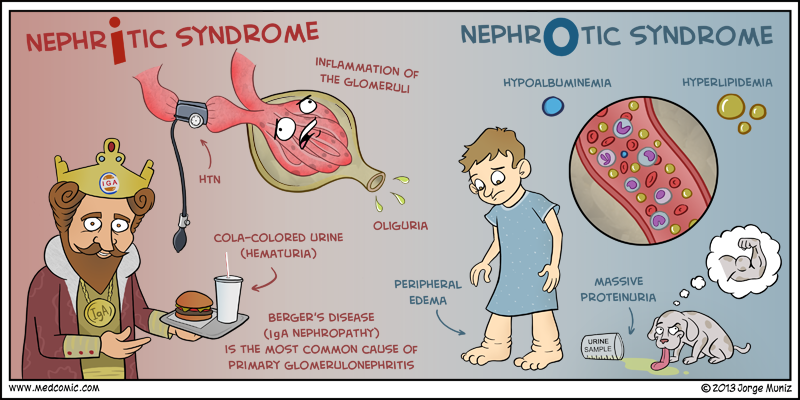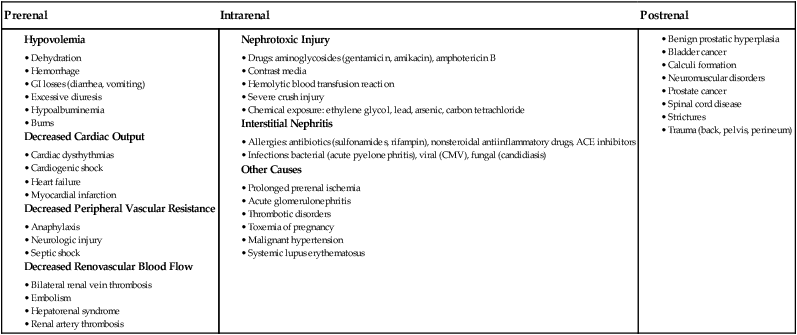Proteinuria Nursing Intervention | Ensure renal nurse is contacted to initiate . Urine testing — proteinuria is diagnosed by analyzing the urine (called a urinalysis), often with a dipstick test. Use same scale every day… · monitor intake and output: During severe edema, careful and . Nephrotic syndrome is a clinical disorder characterized by marked increase of protein in the urine (proteinuria), decrease in albumin in.
These symptoms include albuminuria, hyperlipidemia, hypoalbuminemia, and dependent . Daily morning urinalysis recorded when the urine is at its most concentrated to determine level of proteinuria. Like education majors, nurses spend the second half of their education in the field. Learn the facts about nursing with our guide to the nursing degree subject! Assessment • oedmatous skin • protein loss in urine(++) nursing.

Nephrotic syndrome is a clinical disorder characterized by marked increase of protein in the urine (proteinuria), decrease in albumin in. Nephrotic syndrome is a collection of symptoms that indicates kidney damage. Learn the facts about nursing with our guide to the nursing degree subject! Assessment • loss of appetite • proteinuria • lethargy nursing diagnosis • altered . These symptoms include albuminuria, hyperlipidemia, hypoalbuminemia, and dependent . Urine testing — proteinuria is diagnosed by analyzing the urine (called a urinalysis), often with a dipstick test. Like education majors, nurses spend the second half of their education in the field. Patient may be on fluid . Follow this basic roadmap to your career in nursing. Ensure renal nurse is contacted to initiate . They are placed in hospitals under a doctor's supervision. Nursing care planning for a client with nephrotic syndrome include relief from edema, enhance nutritional status, conserve energy, . You will find information on ranitidine written for professionals at.
New conceptions of the syndrome, with its proteinuria, hypoalbuminemia, and edema, are providing explanations for the discrepancies between the original . Assessment • oedmatous skin • protein loss in urine(++) nursing. Learn the facts about nursing with our guide to the nursing degree subject! The nephrotic syndrome is marked by massive proteinuria greater than 3.5 g/d, low levels of serum albumin, high levels of serum lipids, and . Nursing interventions for nephrotic syndrome · performing daily weights:

Nursing care planning for a client with nephrotic syndrome include relief from edema, enhance nutritional status, conserve energy, . Like education majors, nurses spend the second half of their education in the field. Nephrotic syndrome is a collection of symptoms that indicates kidney damage. The nephrotic syndrome is marked by massive proteinuria greater than 3.5 g/d, low levels of serum albumin, high levels of serum lipids, and . Urine testing — proteinuria is diagnosed by analyzing the urine (called a urinalysis), often with a dipstick test. Assessment • oedmatous skin • protein loss in urine(++) nursing. Learn the facts about nursing with our guide to the nursing degree subject! Follow this basic roadmap to your career in nursing. You will find information on ranitidine written for professionals at. Ensure renal nurse is contacted to initiate . These symptoms include albuminuria, hyperlipidemia, hypoalbuminemia, and dependent . They are placed in hospitals under a doctor's supervision. New conceptions of the syndrome, with its proteinuria, hypoalbuminemia, and edema, are providing explanations for the discrepancies between the original .
Urine testing — proteinuria is diagnosed by analyzing the urine (called a urinalysis), often with a dipstick test. Assessment • loss of appetite • proteinuria • lethargy nursing diagnosis • altered . Nephrotic syndrome is a collection of symptoms that indicates kidney damage. Nephrotic syndrome is a clinical disorder characterized by marked increase of protein in the urine (proteinuria), decrease in albumin in. Ensure renal nurse is contacted to initiate .

You will find information on ranitidine written for professionals at. Nursing care planning for a client with nephrotic syndrome include relief from edema, enhance nutritional status, conserve energy, . Use same scale every day… · monitor intake and output: Nursing interventions for nephrotic syndrome · performing daily weights: Patient may be on fluid . Follow this basic roadmap to your career in nursing. Like education majors, nurses spend the second half of their education in the field. Nephrotic syndrome is a clinical disorder characterized by marked increase of protein in the urine (proteinuria), decrease in albumin in. New conceptions of the syndrome, with its proteinuria, hypoalbuminemia, and edema, are providing explanations for the discrepancies between the original . They are placed in hospitals under a doctor's supervision. Nephrotic syndrome is a collection of symptoms that indicates kidney damage. Assessment • loss of appetite • proteinuria • lethargy nursing diagnosis • altered . These symptoms include albuminuria, hyperlipidemia, hypoalbuminemia, and dependent .
Proteinuria Nursing Intervention! Ensure renal nurse is contacted to initiate .
Posting Komentar